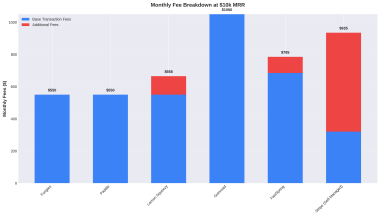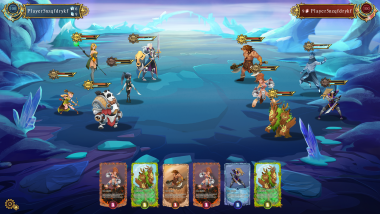Zombie fiction hit a peak sometime in the early 2010s, but that hasn’t stopped people from beating the proverbial dead horse.
And while zombie games have been made available in a steady stream for the past ten to fifteen years, it seems that the release of HBO’s The Last of Us somehow reignited the spark general audiences had for zombie games, no matter how dry or soulless they might be.
On an unrelated note, I spent some time playing Undawn on PC, a free-to-play zombie/survival/crafting/building game. Let’s see if it’s a shambling, mindless mess of a game or something that hits the ground running in this review.
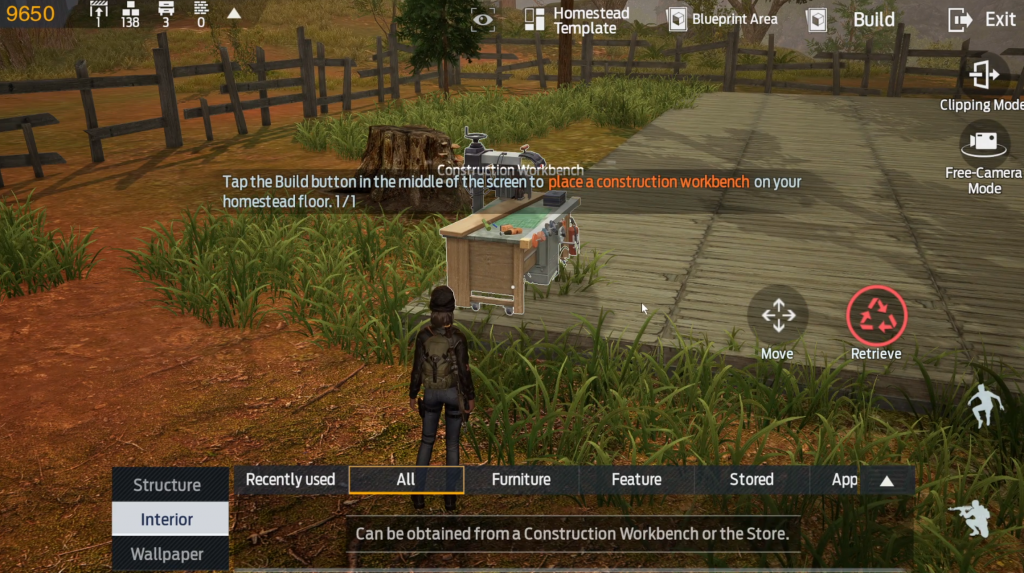
Patients Zero
Undawn was developed by Lightspeed Studios and published by Level Infinite. Lightspeed is a development studio owned by Chinese conglomerate Tencent, and was formerly known as Lightspeed & Quantum. Over the past few years, they have expanded from their Singapore headquarters to offices all over the world, including the US and Europe.
Why mention any of this? Well, when it was still Lightspeed & Quantum, the studio co-developed a handful of successful mobile games including PUBG Mobile and APEX Legends mobile. With more studios, more developers, and the functionally infinite cash reserves of Tencent behind them, you’d think that any project they take on would be a marvel of game design.
And you would be wrong.
Lost in Adaptation
The first and most glaring issue I experienced as a player of the PC version of Undawn is the fact that this game was clearly developed as mobile-first, and then ported to PC with little being done to make the game feel like a PC game other than getting it to run. Hell, most of the interface and tutorials tell you to “tap” various buttons and parts of the screen, including the start screen!
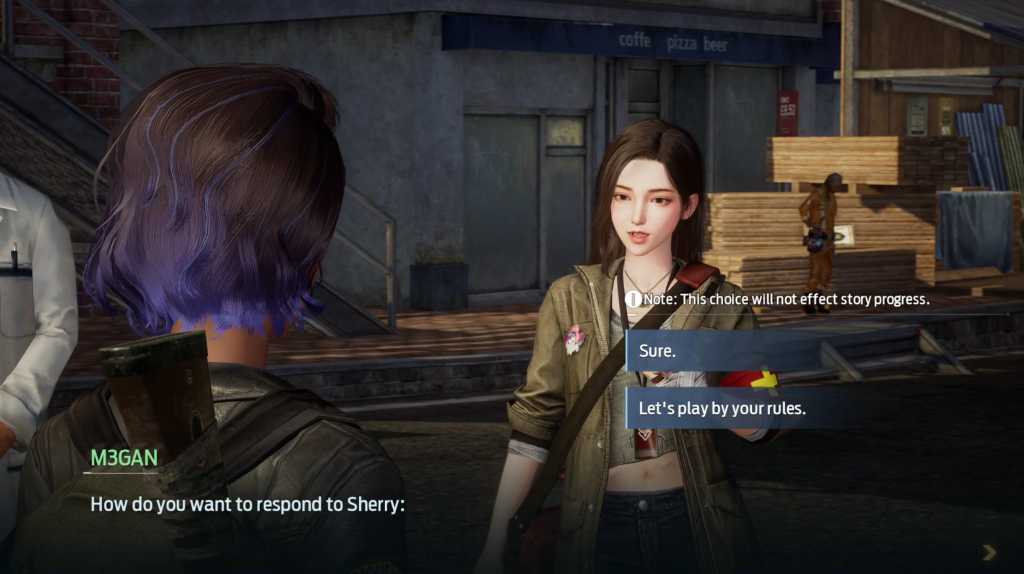
Making matters worse, at any point in the game you’ll need to switch between “Interact” and “Fire” modes to interact with the menus and UI or engage in any kind of combat. The mouse cursor does double duty as emulating a finger on a touch interface as well as serving as a traditional aiming mechanic, and that switching process is a real bummer.
In my time with the game, I experienced several instances of being baffled that I couldn’t interact with a menu, only to realize that I forgot to switch out of fire mode. It took me out of the game I was trying so hard to give a chance, especially since you can play most of the game in fire mode without issue, but then there are menus that ABSOLUTELY can only be navigated in interact mode. You could play the game for significant chunks of time without switching modes which makes it even easier to forget.
I can’t blame Undawn for my own forgetfulness, but I can blame it for trying to reprogram decades’ worth of gaming muscle memory for its PC players so it can skate by on a lazy port.
Oh, there’s a battery-saving mode in the settings menu as well. My desktop PC’s battery thanks you, Undawn developers.
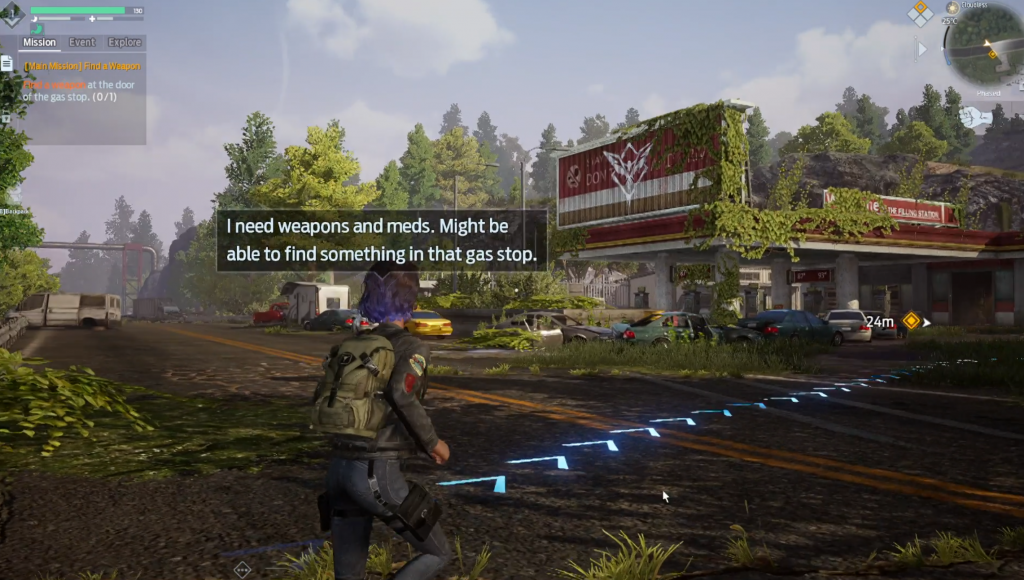
Multi-Hyphenate Mania
Like so many mobile games or just games in general, you can tell Undawn is a game that was designed by a board of shareholders rather than people who actually make and care about video games.
This thing has everything and the kitchen sink thrown into it. There is an action-packed intro cutscene (which goes on for too long for my tastes) and a Last of Us-style post-apocalyptic setting with zombies and shooting, but also crafting, in-depth (or overly complex) survival mechanics that would make Snake Eater blush, base building, a large cast of characters, and an attempt at a gripping narrative all forced into the first half-hour of the game.
The game has so much stuffed into it that it constantly feels like it’s falling apart at the seams, causing ambient voice lines to skip and stutter without player intervention and characters as well as level geometry to blink in and out of sight occasionally. And this is on a capable gaming PC, I can’t even imagine what Undawn feels like on an older smartphone.
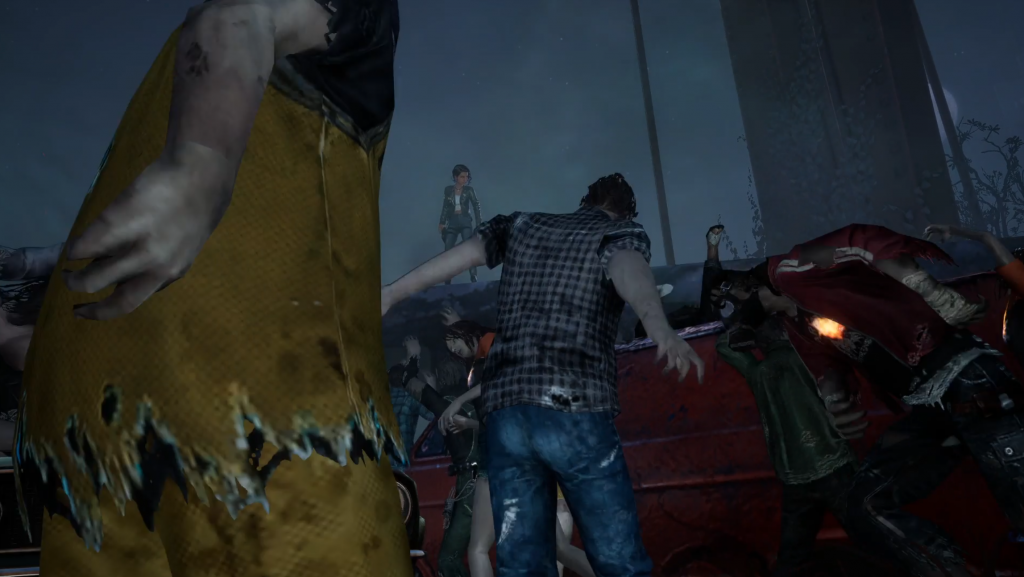
Inspiration On Its Sleeve
If you can put up with the more glaring aspects of the game, there are some interesting ideas to play with in Undawn. NPCs are more positive towards you when you’re clean and presentable, although that requires several awkward scenes of your character in their underwear as they take a bath or wait for their clothes to wash in a washing machine. There is also a GTA: San Andreas-style fitness system in which your character can get fatter or skinnier depending on how much they eat and exercise.
Yes, these are things that have been done in other games and probably even done better, but that’s kind of what the entirety of Undawn feels like, things that have been done better in other games. The bigger issue is that you can so clearly see what those games are.
In addition to San Andreas’ fitness system, there are shades of PUBG Mobile, Days Gone, State of Decay, The Last of Us, and more. Yes, most of those are zombie games so the comparison should go without saying, but it’s so clear that specific mechanics and aspects of those individual games were picked to be included in Undawn, which makes its own identity kind of muddled and unclear.
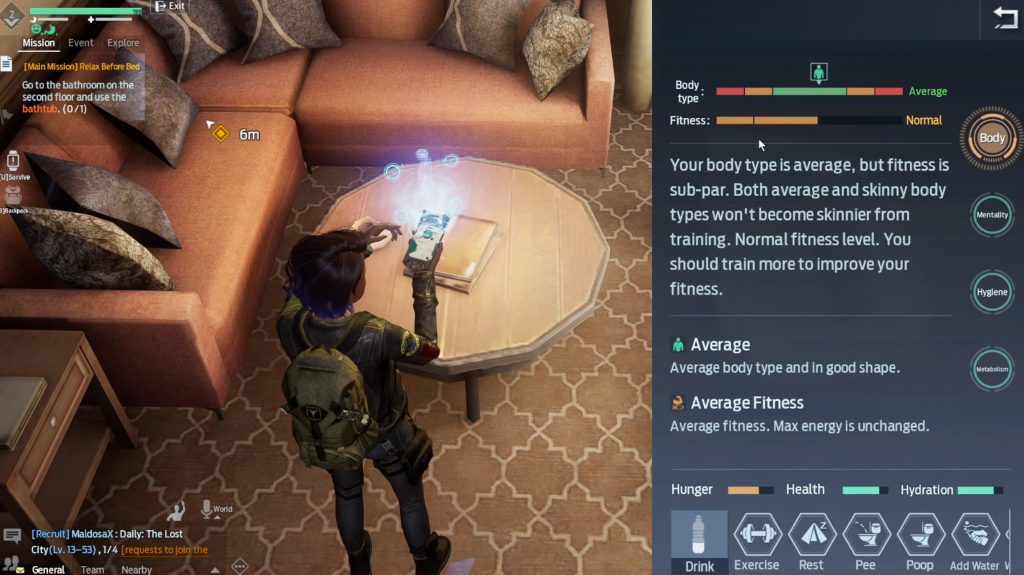
Should’ve Stayed Dead
Game design by committee isn’t always a bad thing, but it’s never a great thing. It takes a spectacular development team to pull something like this off, or at someone with a clear vision for the project at the very least. Undawn unfortunately seems to suffer from a severe lack of vision, and attempts to replace that with jigsaw pieces of other games that only kind of fit together in the finished product.
There will no doubt be people that enjoy Undawn on both PC and mobile (which is where you should play the game if you do plan on playing it), but I wouldn’t say it’s worth anyone’s time. Especially when there are far better free-to-play games and third-person shooters available elsewhere.
5/10

